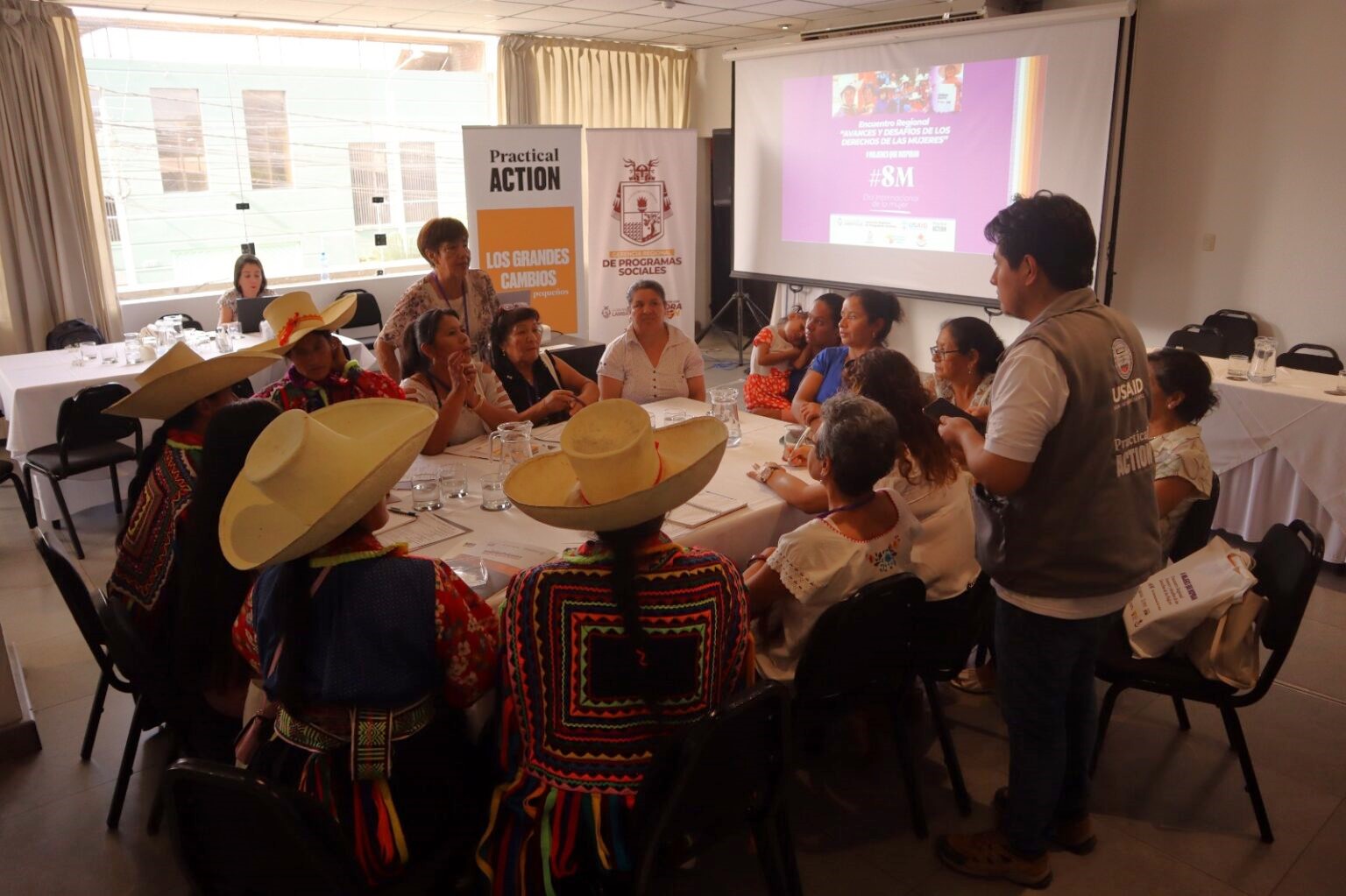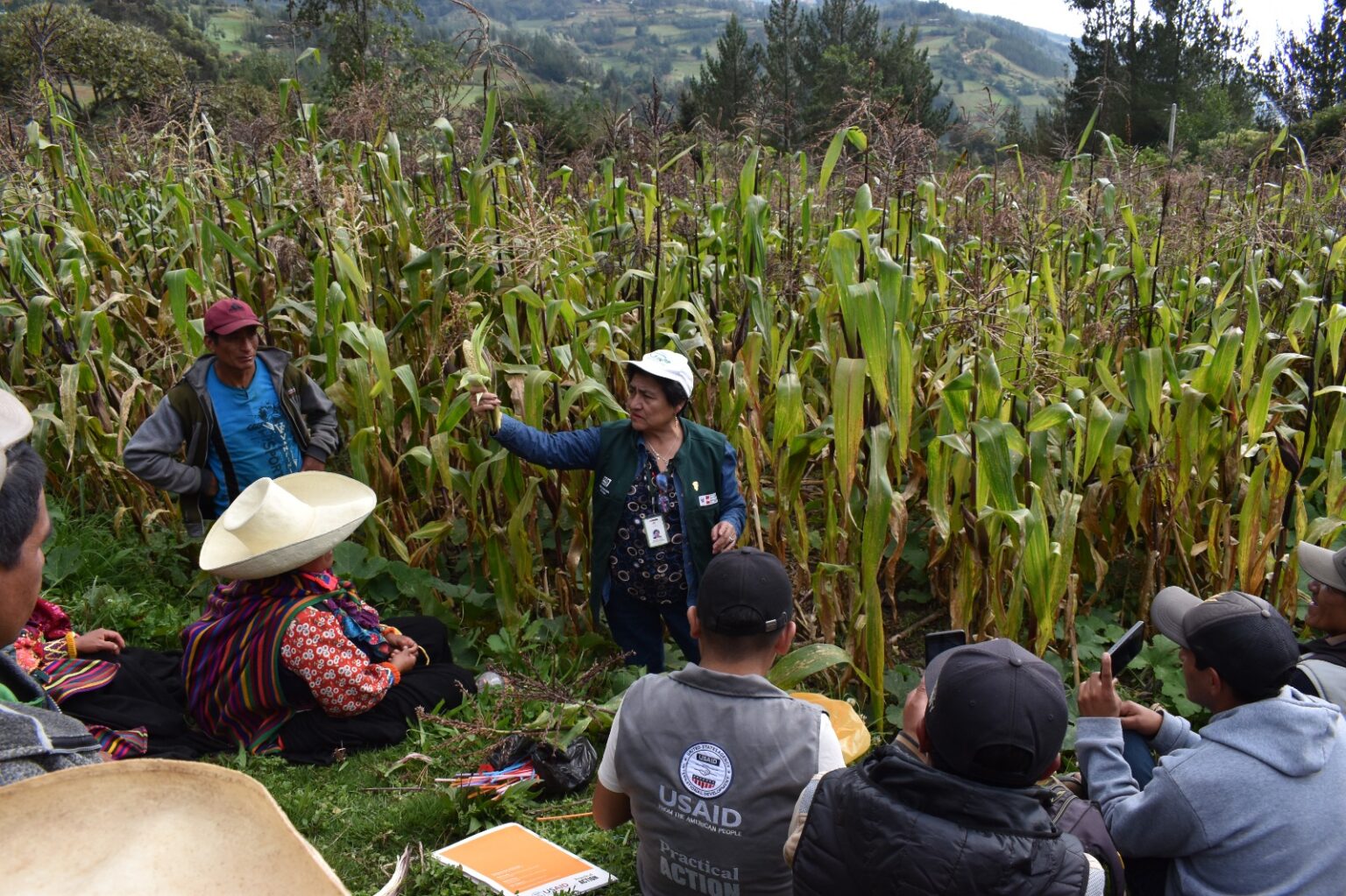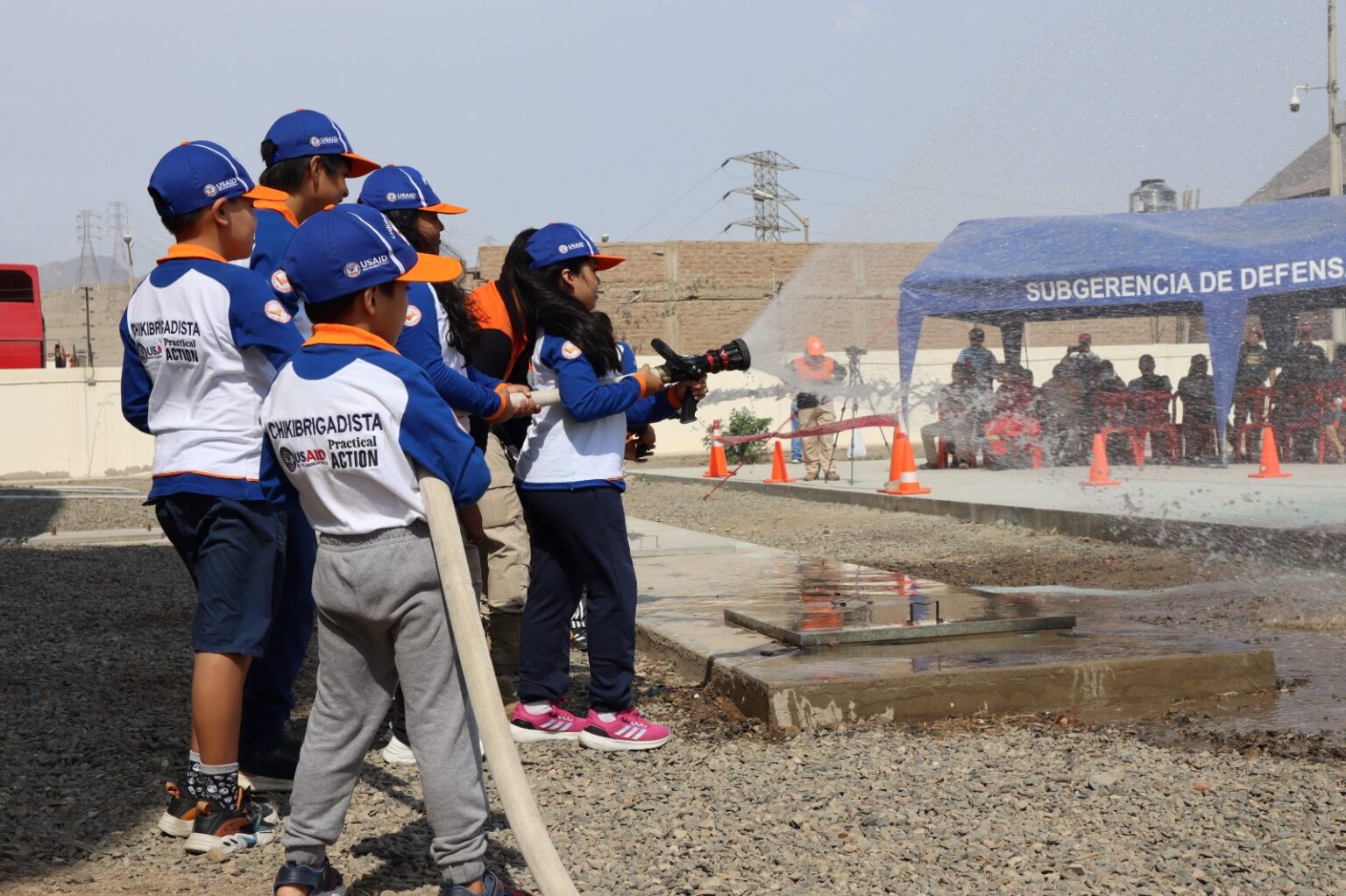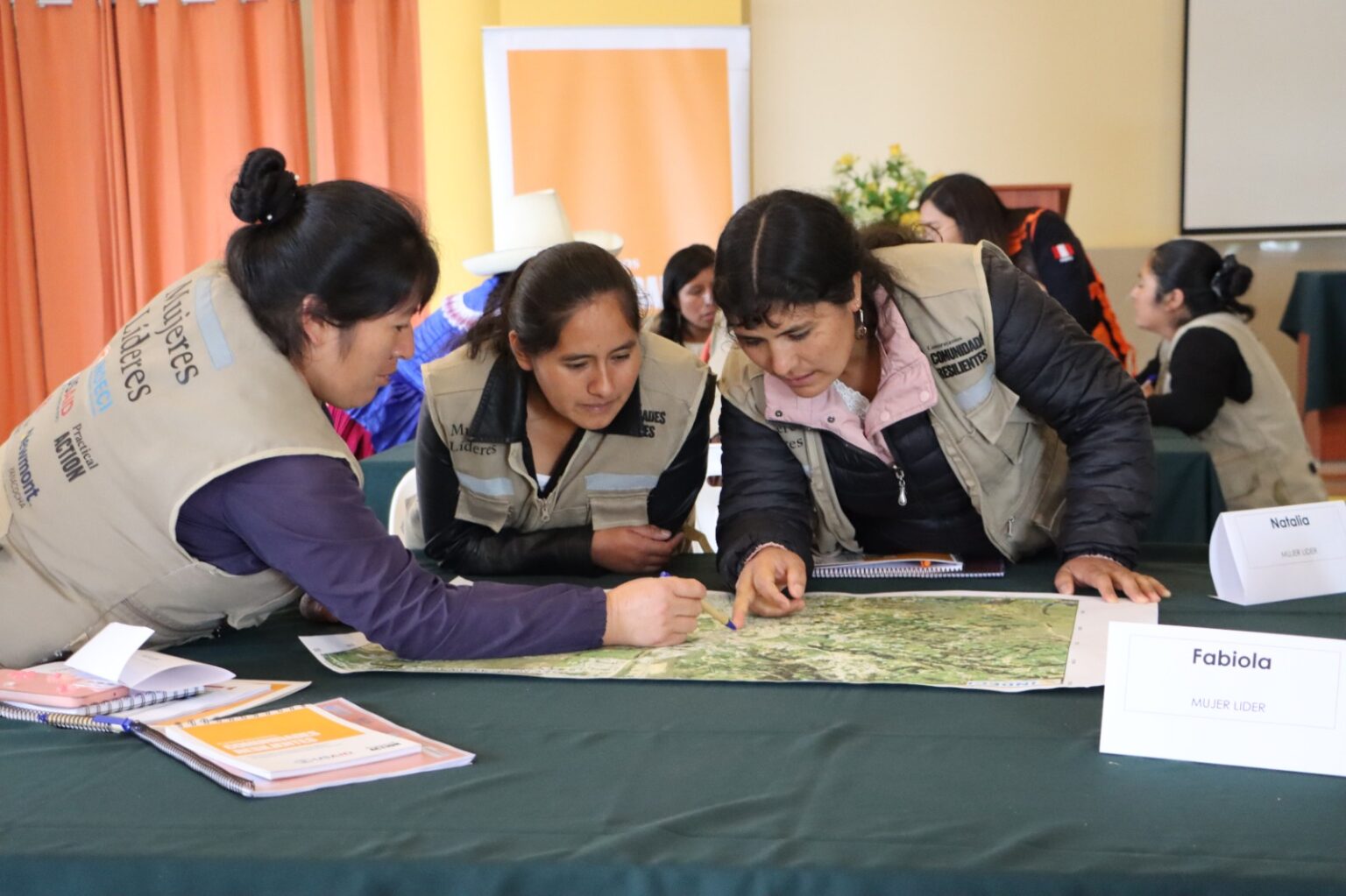Solid steps towards empowering communities in Peru’s vulnerable watersheds
Nearly a year into our fieldwork, significant strides have been made in the project “Building Community Resilience in Vulnerable Watersheds of Cajamarca, Lambayeque, and La Libertad in Peru,” supported by USAID’s Bureau for Humanitarian Assistance (BHA).
Right amid our two-year implementation, we are actively assessing our progress in raising awareness about the threats posed by climate change. We are working closely with local, regional, and national authorities to enhance community resilience through targeted training, campaigns, and community engagement initiatives. This collaborative effort includes establishing brigades and civil defence platforms to validate plans and boost community involvement in shaping, implementing, and monitoring disaster risk reduction strategies and climate change adaptation policies.
Looking ahead, we are developing water recharge and harvesting plans to promote environmental conservation and enhance agricultural conditions for the families and communities involved.

Key achievements
Recent months have been pivotal, focusing on capacity building and technical assistance. Eleven municipalities across the three regions have received specialised Disaster Risk Management (DRM) training. In collaboration with the National Institute of Civil Defense (INDECI) and the National Center for Estimation, Prevention, and Reduction of Disaster Risk (CENEPRED), this effort has empowered local authorities to coordinate internal actions effectively.
Community participation has been very high in the different towns of the eleven focalised districts, where participatory diagnoses have identified local risks. This groundwork guided the planning phase and enabled coordinated DRM and agricultural initiatives.
Further regarding agriculture, we’ve begun establishing learning plots, family bio-gardens, and forest nurseries in strategic areas of the Moche River basin (La Libertad), La Leche River basin (Lambayeque), and the Yaminchad – Jequetepeque sub-basin (Cajamarca). Notably, rural producers in La Libertad have embraced mushroom cultivation following training, highlighting new economic opportunities.

In May, the initial phase of training promoters through the Farmer Field Schools (FFS) was completed, and 60 rural producers learned to facilitate community planning processes. Moreover, 20 women leaders from Cajamarca, including 13 from the Jequetepeque basin, have been trained as facilitators in hazard mapping and promoted local Civil Defense Committees.
In addition, we are currently part of the Regional Agrarian Management Committee (CGRA) of Cajamarca, La Libertad and Lambayeque. In coordination with the National Meteorology and Hydrology Service of Peru (SENAMHI), we have been working on the implementation of climate monitoring stations in La Libertad and Lambayeque, as well as the promotion of Agroclimatic Management Platforms in Cajamarca and La Libertad.


Addressing gender, inclusion, and intercultural aspects, we’ve championed initiatives that emphasise opportunities for all people, highlighting women and children as part of the most vulnerable groups. In this sense, we have successfully promoted meetings of women leaders in Cajamarca and Lambayeque in which their role in development has been made visible and valued, the limitations that still exist have been discussed, and the routes to continue promoting the closing of gender gaps in each area have been identified.
To engage younger generations, programs like Chikibrigadas (Tinybrigades) in La Libertad and Mini Brigadistas en Acción (Mini brigades in action) in Cajamarca educate primary school children on emergency preparedness and resilience. They receive basic knowledge on acting in emergencies and promoting resilience from an early age.
As we reflect on our progress, ongoing internal evaluations extract valuable lessons. These insights will guide us in reinforcing strategies to achieve our goals of building resilient communities.
Would you like to learn more about the project and our work in Peru?
Check our project page and Peru’s page, or follow our social media channels for Latin America:
.